
Sirens cut through the night as Los Angeles faces its strongest October storm in years, forcing hundreds to flee from neighborhoods still scarred by past wildfires. “We’re very concerned about the weather,” Mayor Karen Bass said Monday night as emergency crews, helicopters, and strike teams deployed across the city.
More than 115 homes in Pacific Palisades and Mandeville Canyon—areas devastated by January’s wildfire that killed over 30 people—are now under mandatory evacuation orders. The National Weather Service described the incoming system as “rare and very potent,” capable of dropping up to four inches of rain and spawning isolated tornadoes.
Late-Night Knock: Police Urge Residents to Flee Fire-Scarred Hills

Police went door-to-door late Monday, urging residents in fire-damaged neighborhoods to leave before conditions worsened. The evacuated zones sit where January’s wildfire stripped hillsides bare, leaving nothing to hold back the soil.
Officials explained that post-fire terrain “can quickly destabilize during heavy rain,” turning slopes into potential disaster zones. Evacuation warnings also stretch into the Eaton Fire area near Altadena and other foothill communities, where mud and debris flows remain an ever-present risk.
Meteorologists Sound Alarm Over Unpredictable Storm Path
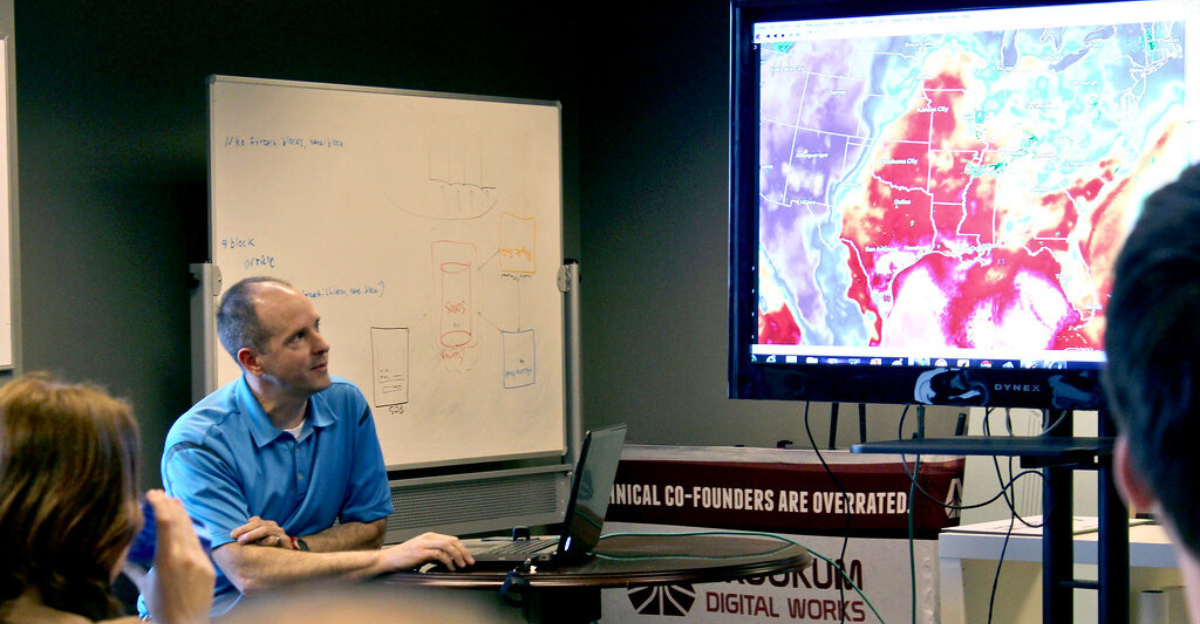
Meteorologists admit they are uneasy about the storm’s volatile behavior. “We can’t pinpoint when or where the heaviest impacts will occur until just before they happen,” said Ariel Cohen, the National Weather Service’s lead meteorologist in Los Angeles.
Forecasts call for 1.5 inches of rain along the coast and up to four inches in foothill zones—enough to trigger debris flows capable of racing down canyons stripped bare by wildfire.
Power Outages Mount as 60-MPH Winds Rip Through Los Angeles
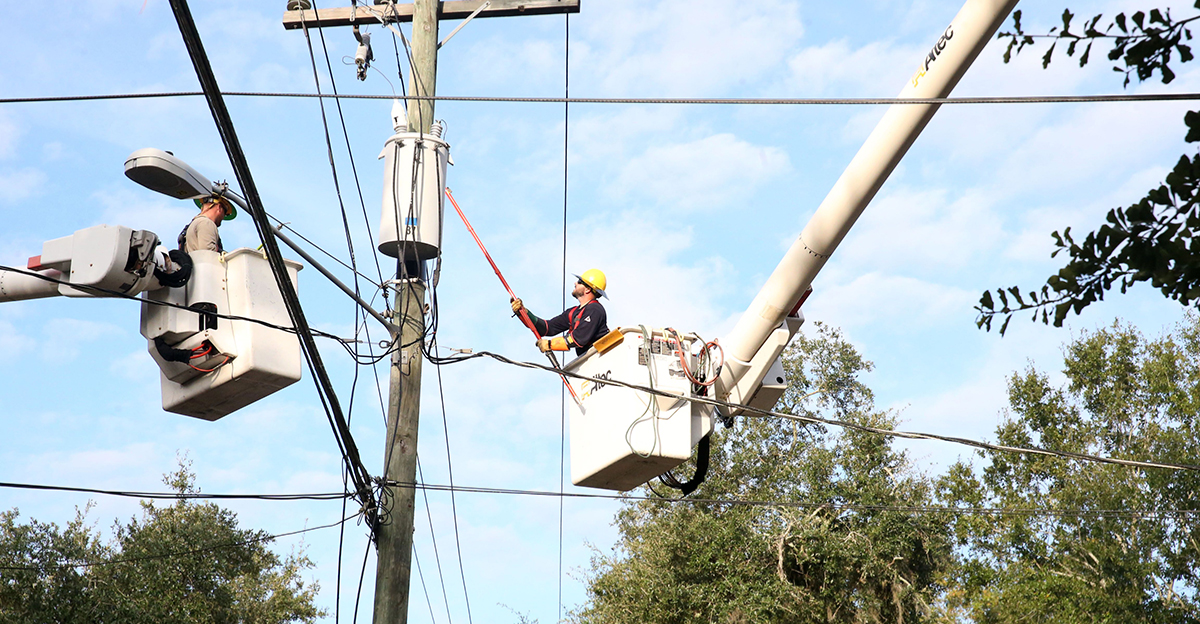
By Monday night, hurricane-force gusts approaching 60 mph toppled trees and power lines across Los Angeles County. Over 16,000 residents were without electricity as the storm’s core pressed inland. Emergency crews reported flooding in canyons and valleys, while residents shared videos showing torrents of muddy water sweeping through suburban streets.
The same atmospheric river that drenched Northern California over the weekend is now unleashing its full strength on the south.
Officials Fear Repeat of February’s Deadly Mudslides
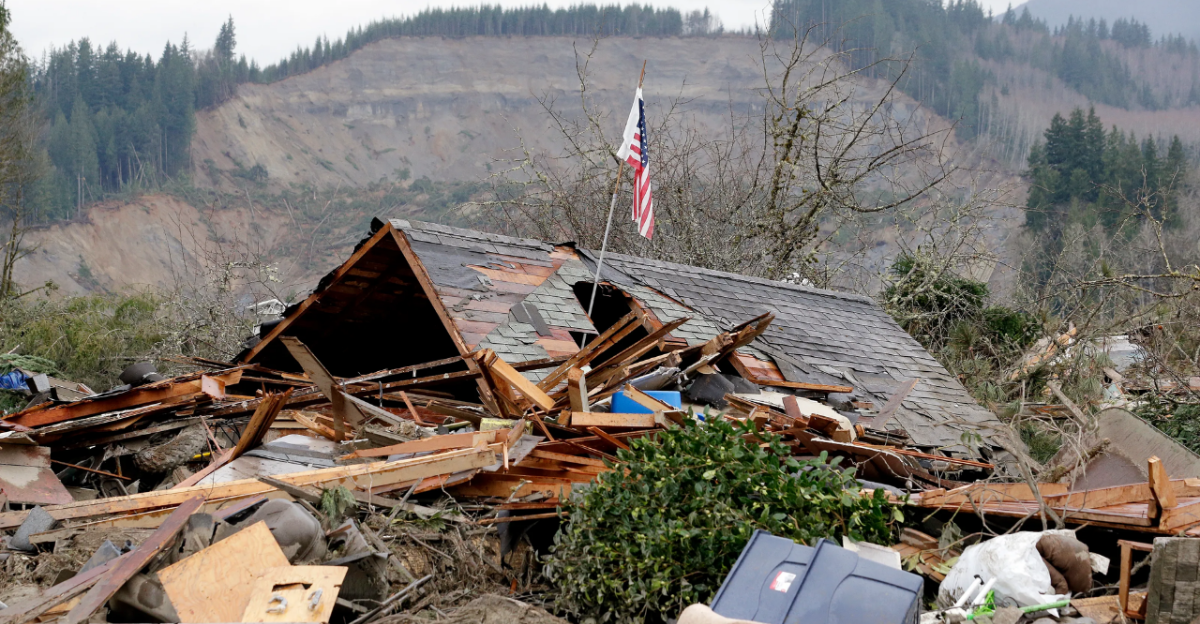
Officials recall February’s destructive floods as they prepare for a possible repeat. That storm unleashed torrents of mud through burn zones, trapping cars and sweeping one Los Angeles Fire Department vehicle into the Pacific.
In Sierra Madre, debris and boulders “rushed down the mountain, damaging garages and burying vehicles,” officials said at the time. Along the Pacific Coast Highway, three feet of thick sludge blocked access for days—an image few in the region have forgotten.
Montecito’s Tragedy Haunts California’s Storm Response
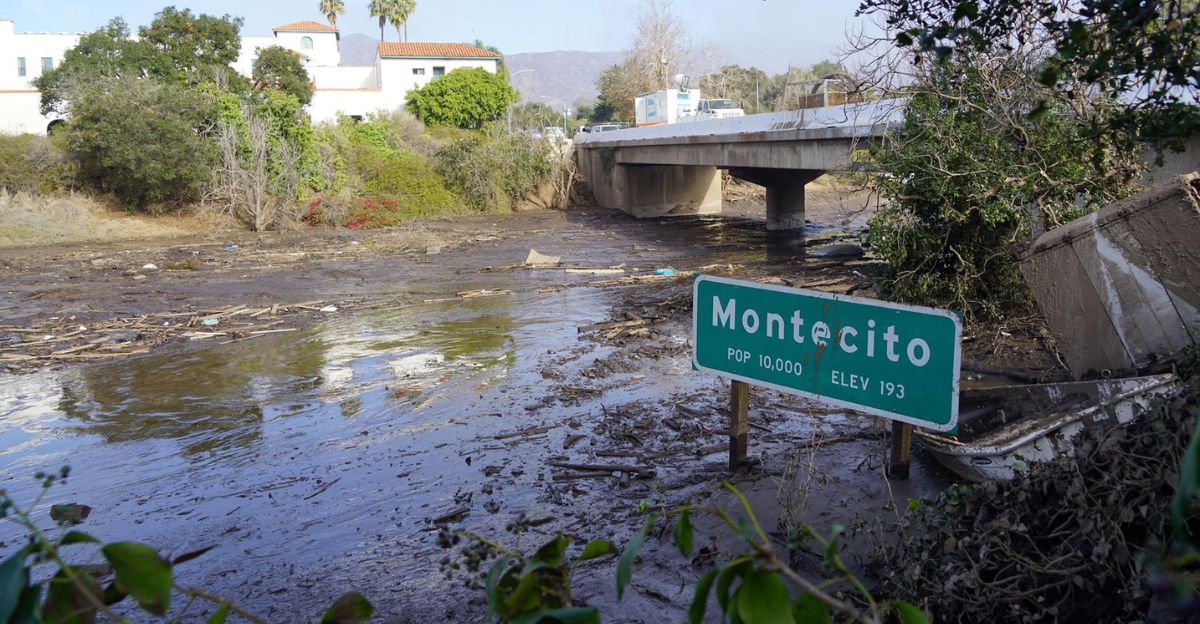
The memory of Montecito’s 2018 tragedy still shapes California’s disaster response. After heavy rain struck slopes burned by wildfire, massive mudslides swept through that coastal town, killing 23 people. Since then, state and county officials have treated post-fire debris flow threats with greater urgency.
One emergency manager noted, “Every burn scar is a potential flashpoint.” Los Angeles authorities refuse to gamble with a similar loss as this rare October storm bears down.
Strike Teams and Helicopters Deployed Ahead of Mudslide Threat
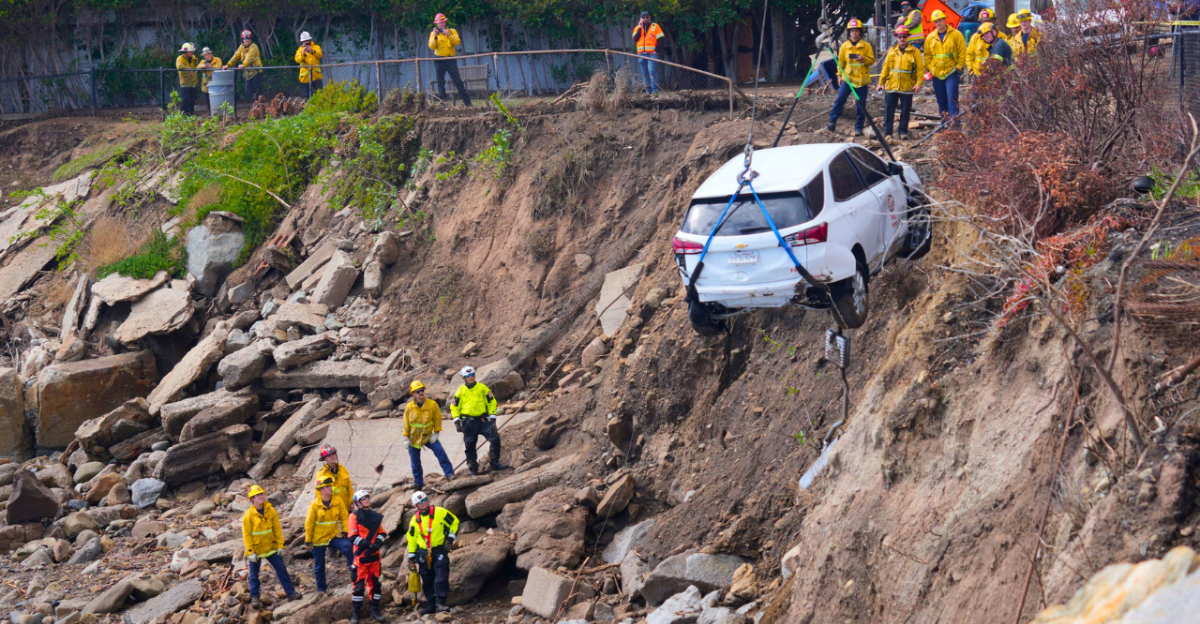
Strike teams are now stationed across Los Angeles County as the storm intensifies. Fire crews began overnight patrols in high-risk areas, while helicopters and high-water vehicles stand ready for rescues. Due to landslide concerns, Caltrans has closed parts of State Route 27 near Pacific Coast Highway.
Even the well-known Gladstones Restaurant on Sunset Boulevard temporarily closed on Tuesday, citing safety risks. Mayor Bass said the city “strategically deployed resources” to protect both residents and infrastructure.
Atmospheric River Unleashes Torrential Rains Across California
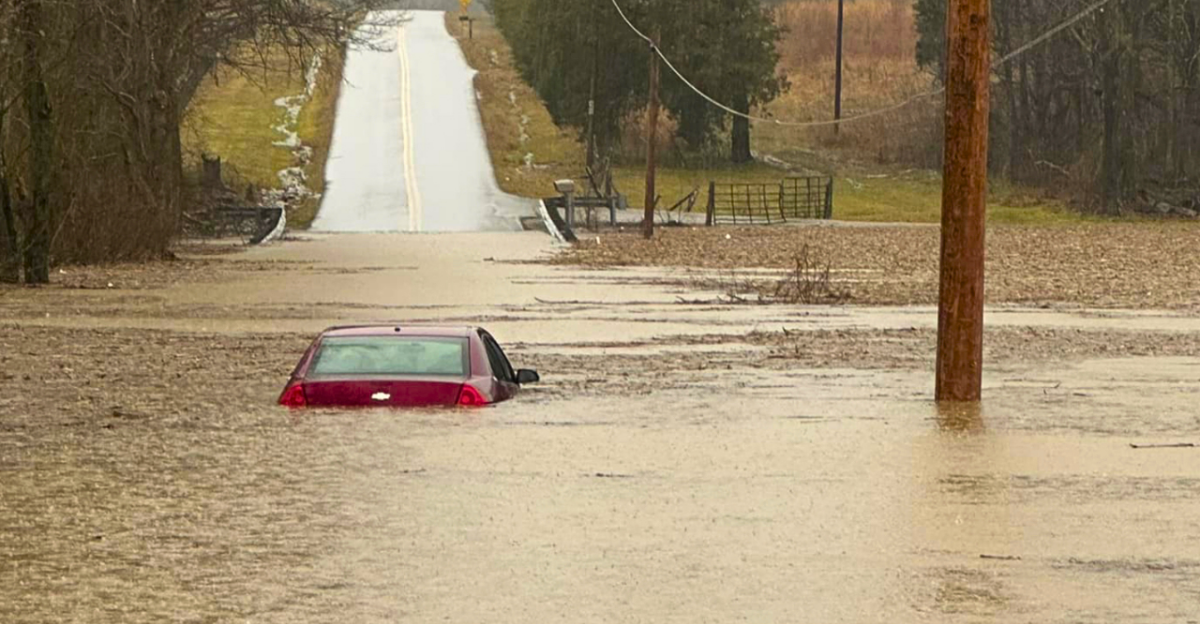
The storm’s atmospheric river—a plume of tropical moisture stretching thousands of miles—continues pumping heavy rain into Southern California. Meteorologists warn that unstable air could even produce isolated tornadoes through Tuesday afternoon.
Flash flood watches blanket most of Los Angeles County, while the Sierra Nevada to the north braces for up to three feet of snow. Travel officials caution that whiteout conditions may make mountain roads nearly impassable.
Officials Warn: ‘Once Debris Flows Begin, It’s Too Late
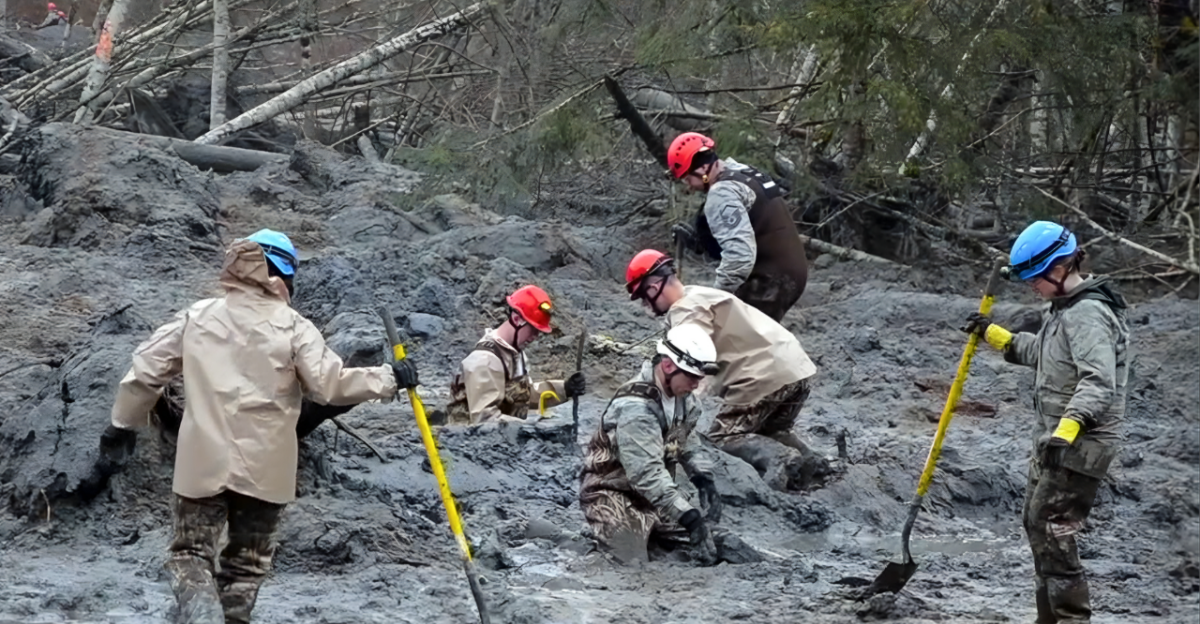
Residents raced to secure homes as the county raised its debris flow alert to Phase 2, signaling moderate but widespread mud and rock slides were possible. Los Angeles County Supervisor Kathryn Barger urged residents not to wait. “Once debris flows begin, it may be too late for crews to reach you,” she said Monday.
Authorities stressed that even short bursts of intense rainfall could overwhelm drainage systems and block entire streets.
Burn Scars Leave Hillsides Ready to Collapse
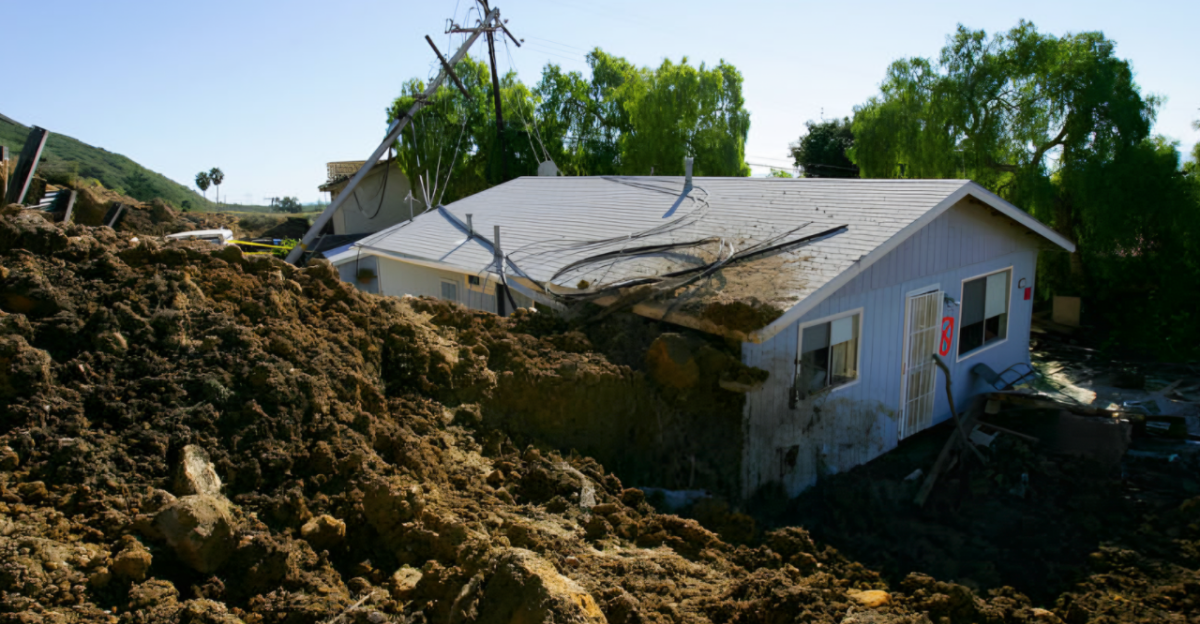
The timing couldn’t be worse for neighborhoods still rebuilding from January’s fires. Hillsides in Pacific Palisades, Eaton Canyon, and the Hollywood Hills remain bare, their vegetation destroyed. Without root systems to stabilize the soil, rainwater quickly turns to fast-moving debris flows—a slurry of mud, ash, and rock capable of demolishing homes in seconds.
Experts note that post-fire runoff can travel faster than a person can run, leaving residents with little time to escape.
Emergency Shelters Open as Evacuations Expand Across L.A
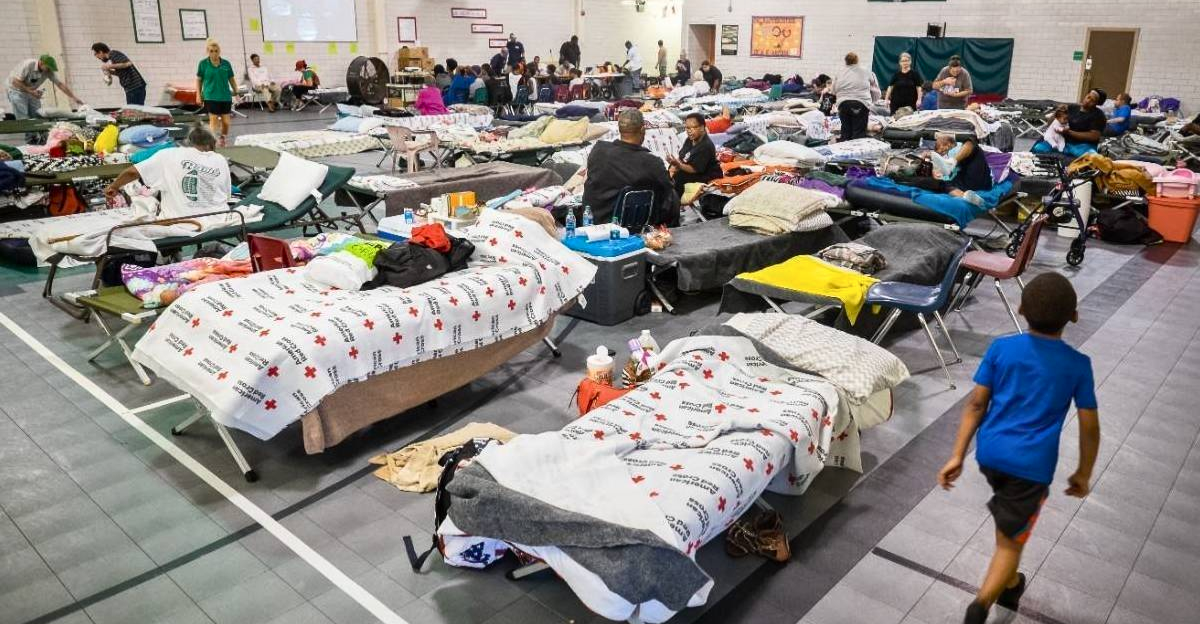
Emergency shelters opened overnight as police continued door-to-door evacuations in high-risk zones. Interactive maps at AlertLA.org show updated evacuation areas, while residents can check protect.genasys.com for localized alerts. “These warnings are meant to save lives,” Barger said in a public briefing.
County officials urged residents to keep phones charged, prepare go-bags, and stay indoors once rainfall intensifies, as flash flooding may strike with little or no warning.
Northern California Hit Hard as Storm Pushes South
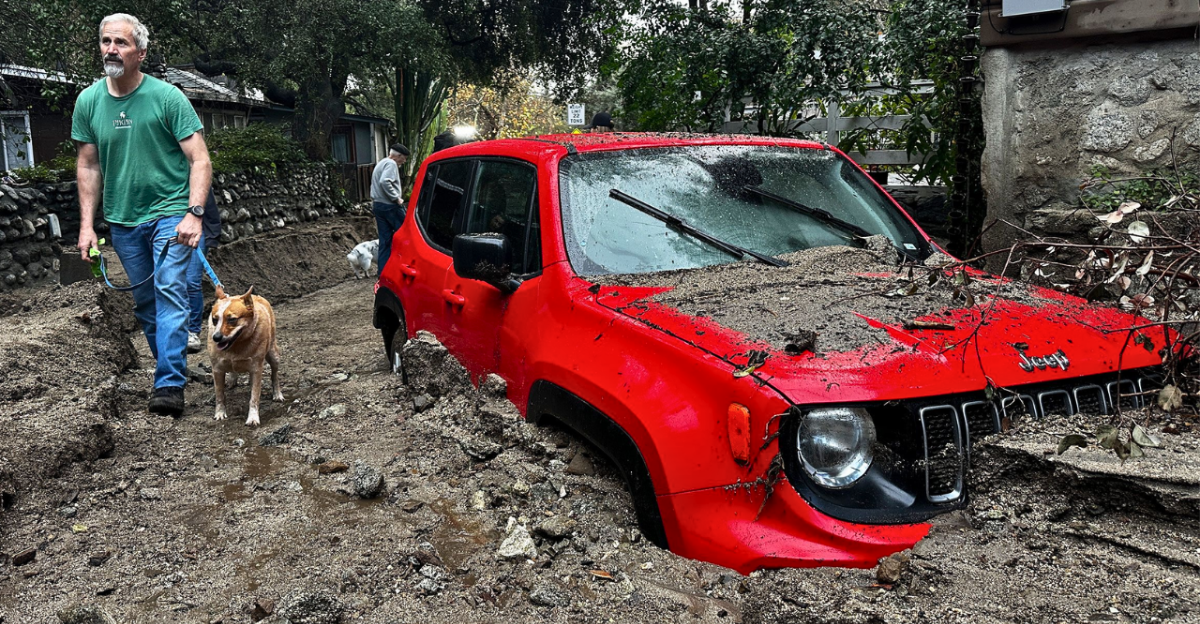
Northern California already feels the storm’s impact. Streets in the Bay Area flooded Monday morning as rain overwhelmed storm drains, while mountain passes reported hazardous travel conditions. Airlines confirmed dozens of flight delays due to high winds across San Francisco and Oakland airports.
The same system, born from the remnants of Typhoon Halong near Alaska, has carved a destructive path through the West Coast—stretching from Oregon to Arizona.
Fire Crews Ready Swift-Water Rescues as Rain Intensifies
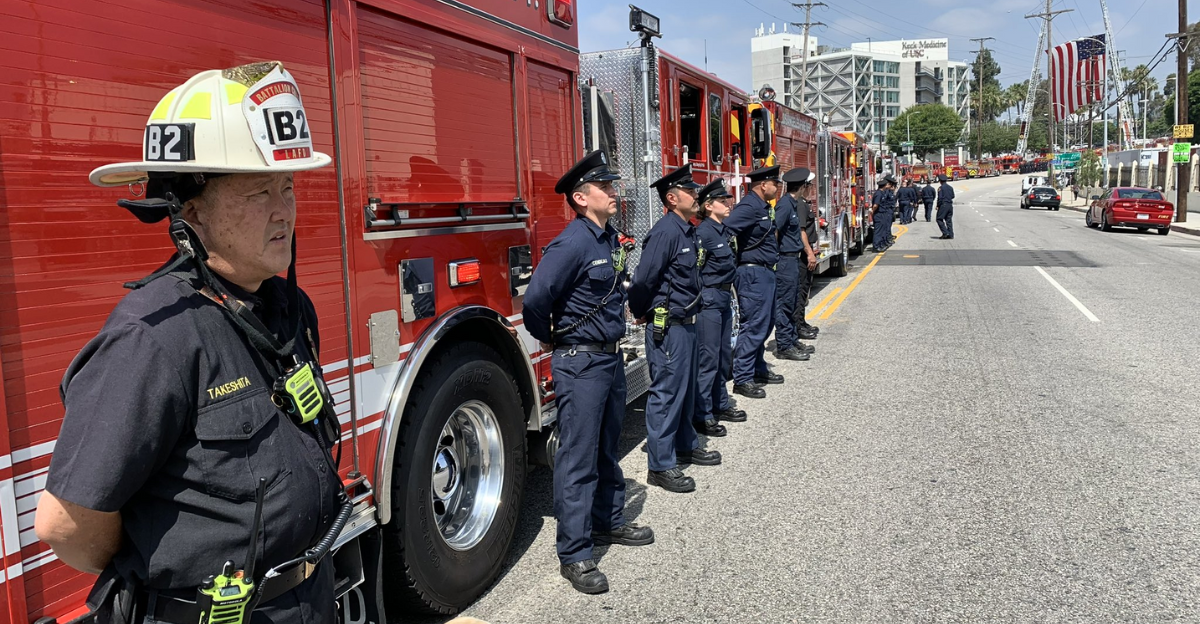
Captain Erik Scott oversees an expanded search and rescue operation at the Los Angeles Fire Department headquarters. His teams have pre-positioned swift-water rescue swimmers, dozers, and specialized vehicles in flood-prone areas. “We have 27-member handcrews, 16 swift-water specialists, and helicopter teams on standby,” officials said.
The department also increased staffing across 106 stations as meteorologists warned of back-to-back storm cells that could further destabilize hillsides through early Wednesday.
Climate Shifts May Be Fueling Unseasonal October Storms
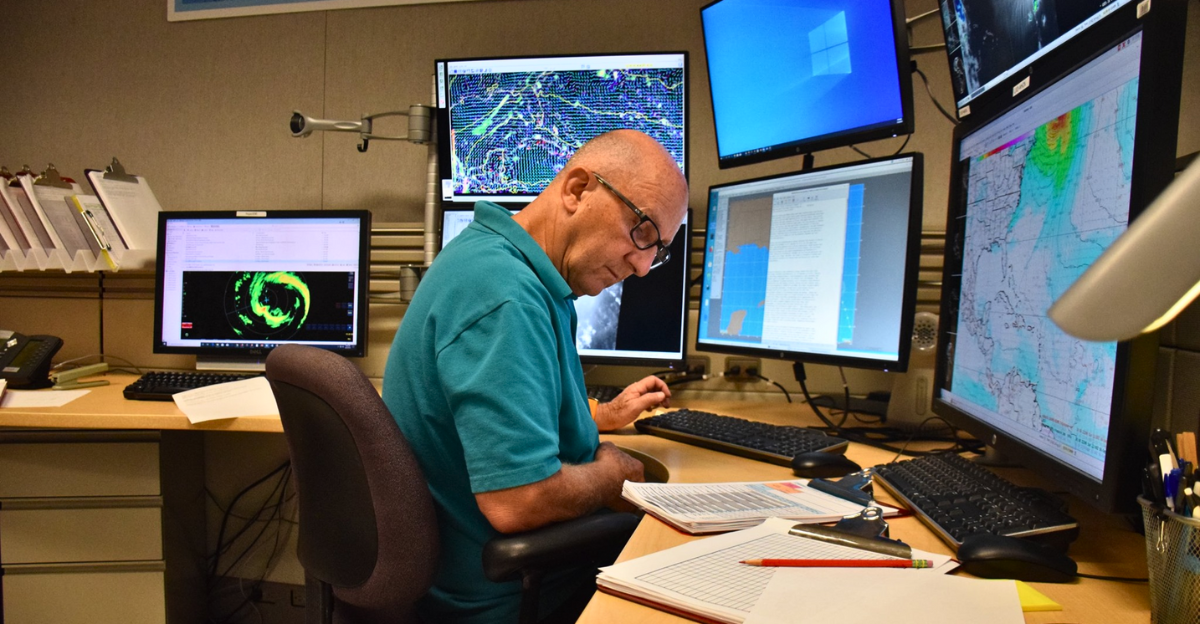
Meteorologists describe this storm as “exceptionally rare” for October, fueled by an unusual atmospheric pattern that redirected tropical moisture southward. Climate researchers at UCLA note that unseasonal storms may become more common as global weather systems grow increasingly erratic.
Combined with the region’s wildfire damage, even moderate rainfall poses a serious threat. Officials say it’s a “perfect storm” of weakened terrain and extreme precipitation that emergency managers have long feared.
Los Angeles Holds Its Breath as Storm’s Full Force Arrives
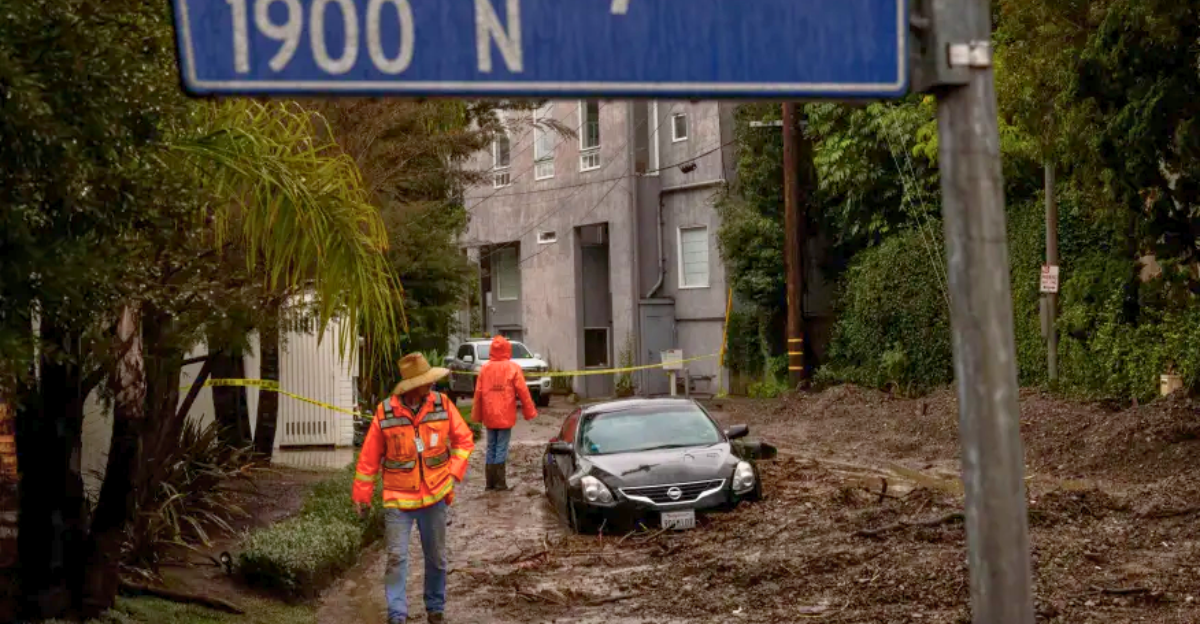
By sunrise Tuesday, Los Angeles braced for what may be its most dangerous day in months. Early data show rainfall totals matching forecasts, with foothill areas taking the brunt.
Emergency crews warn that the danger won’t end when the rain stops—saturated hillsides can collapse hours later. “Stay alert and don’t return home until it’s declared safe,” authorities said in an early-morning advisory. For now, the city watches and waits as the storm roars on.